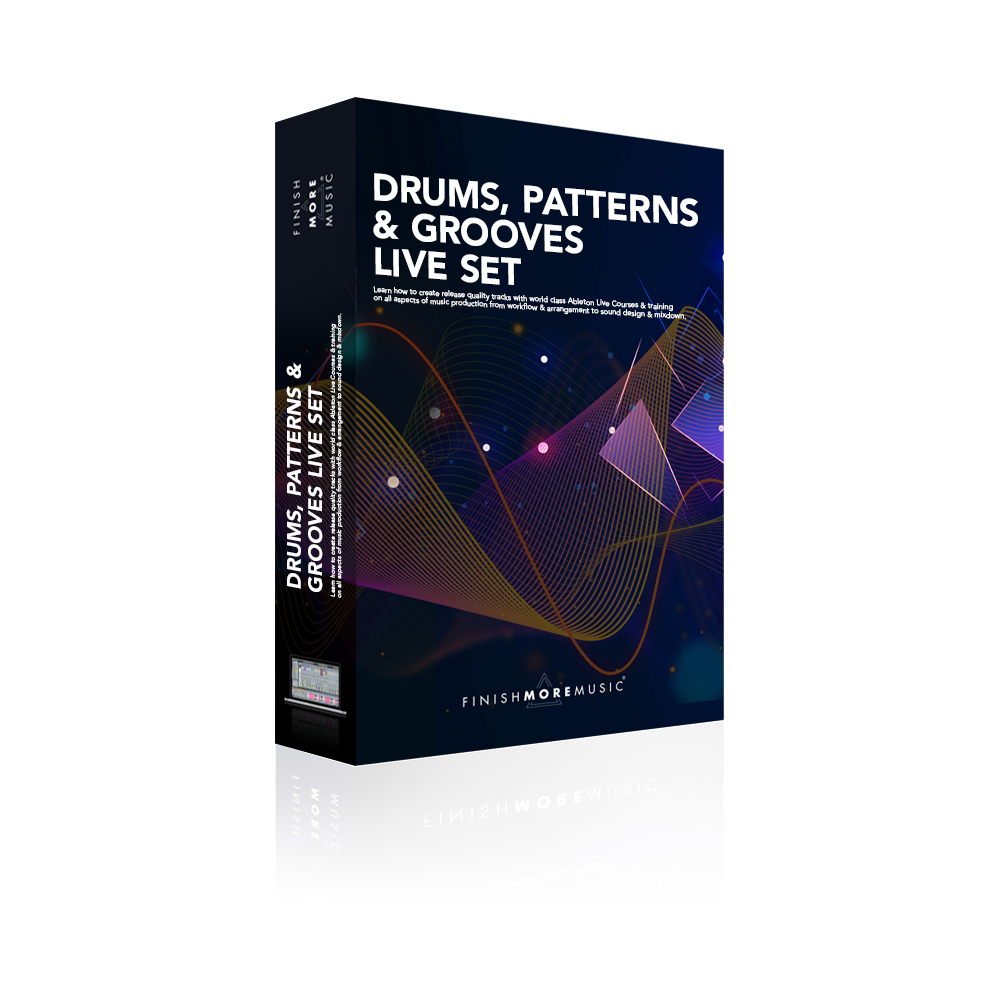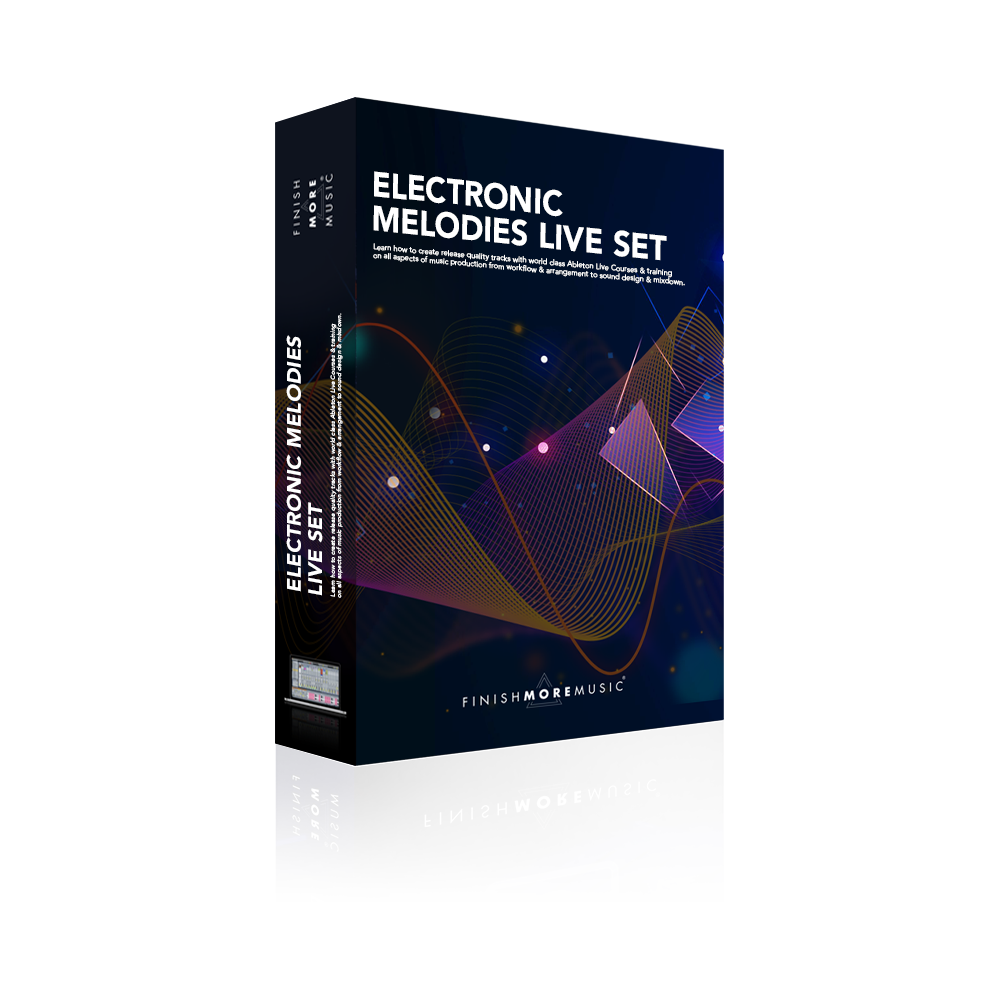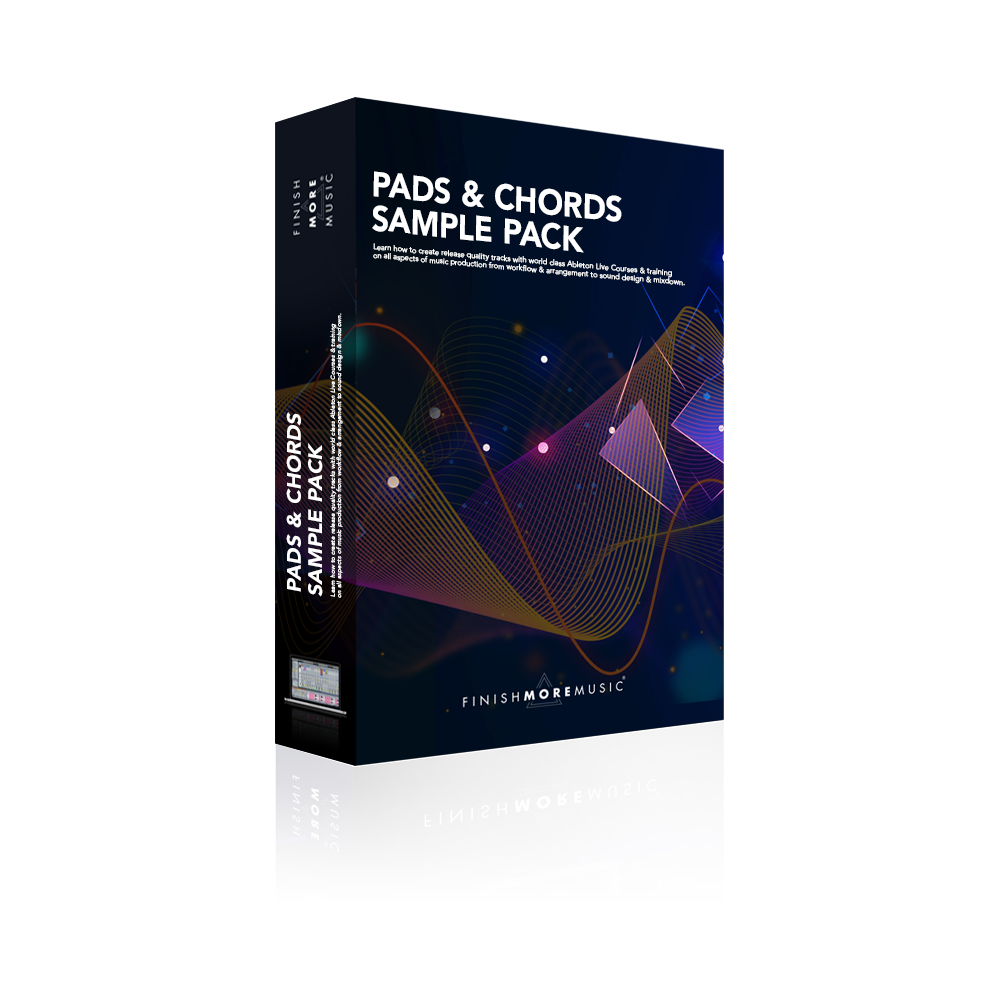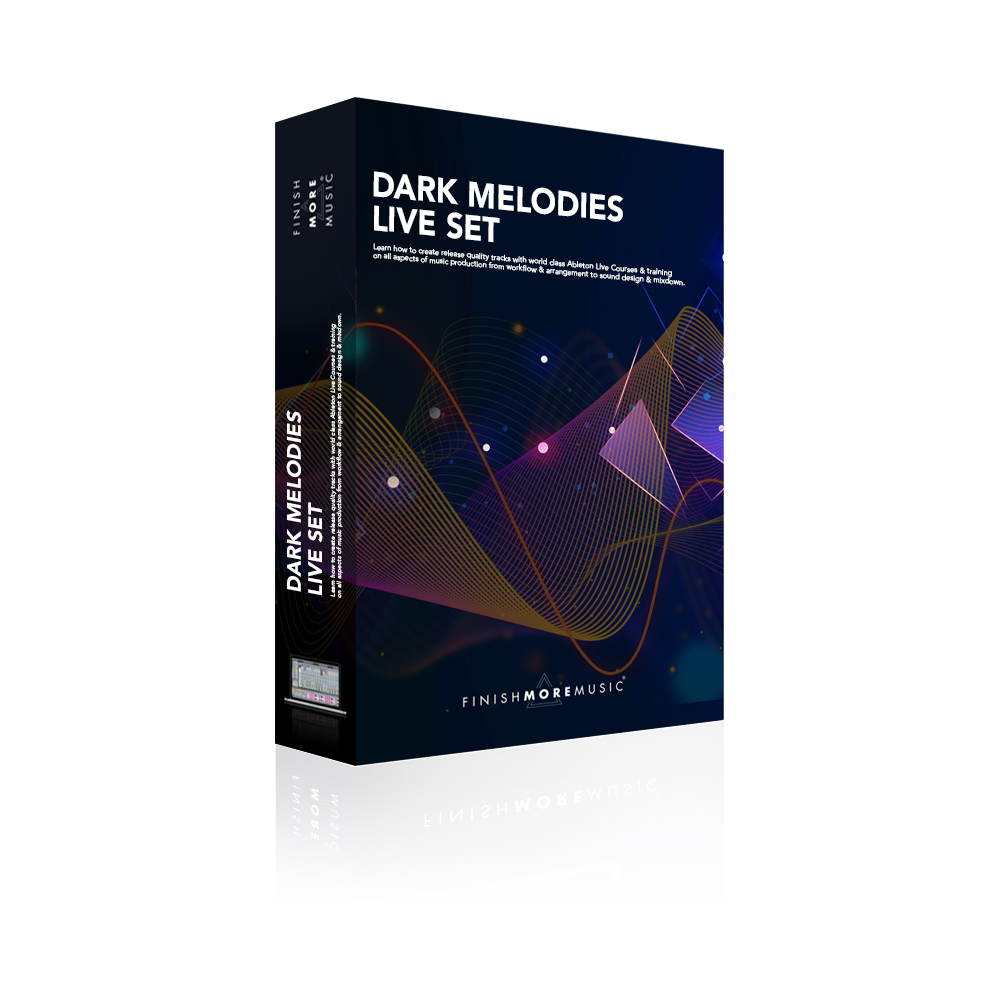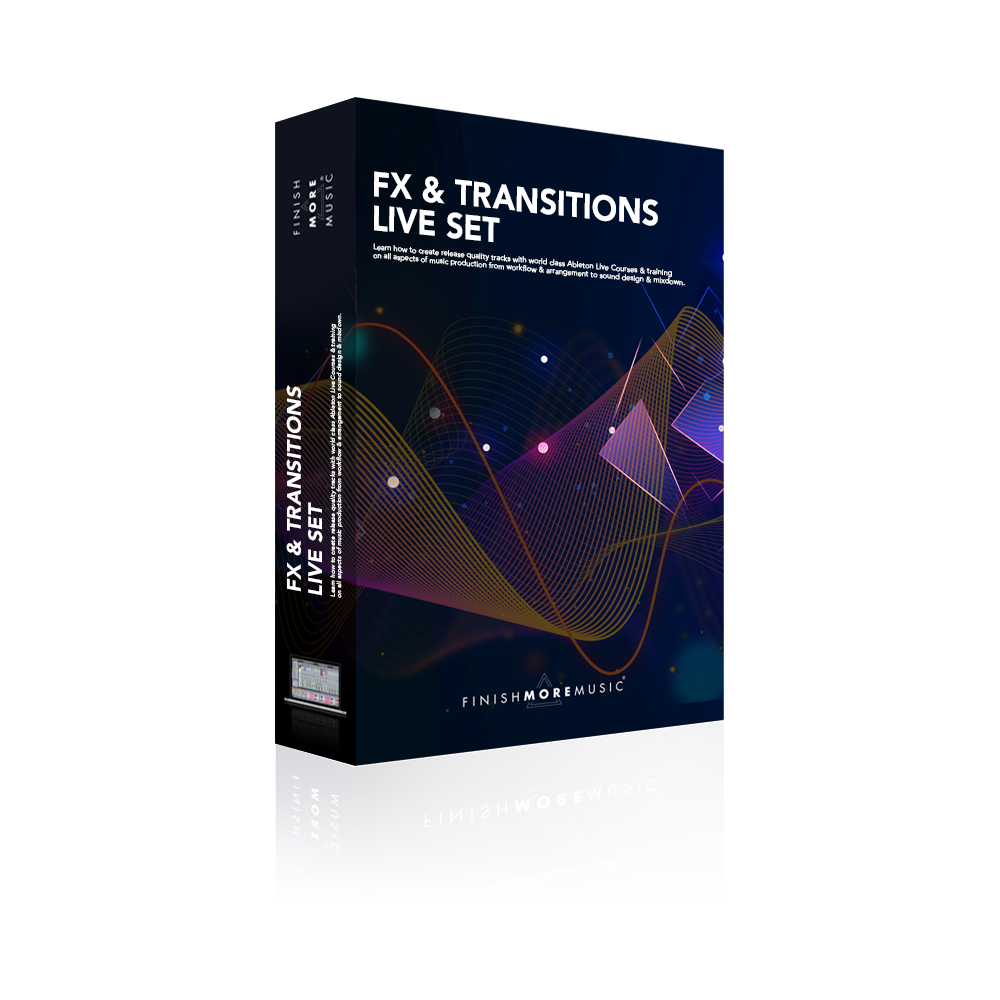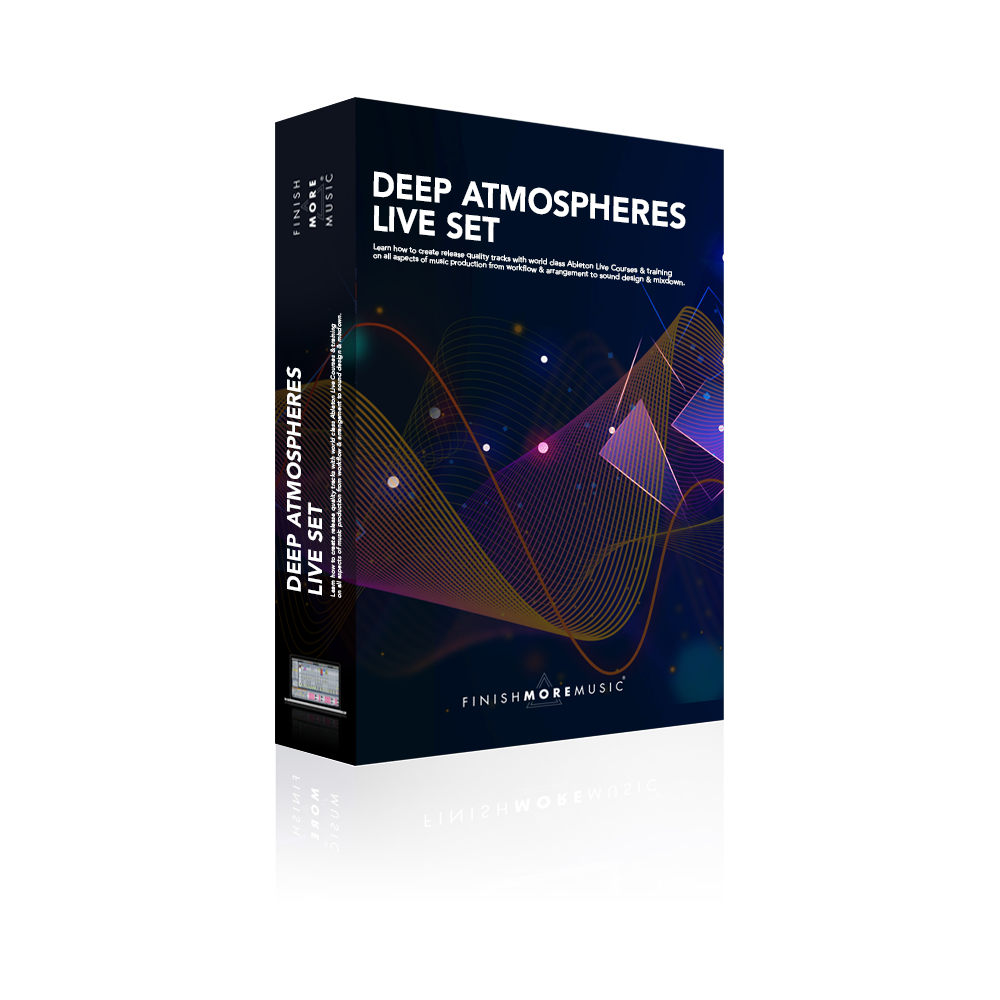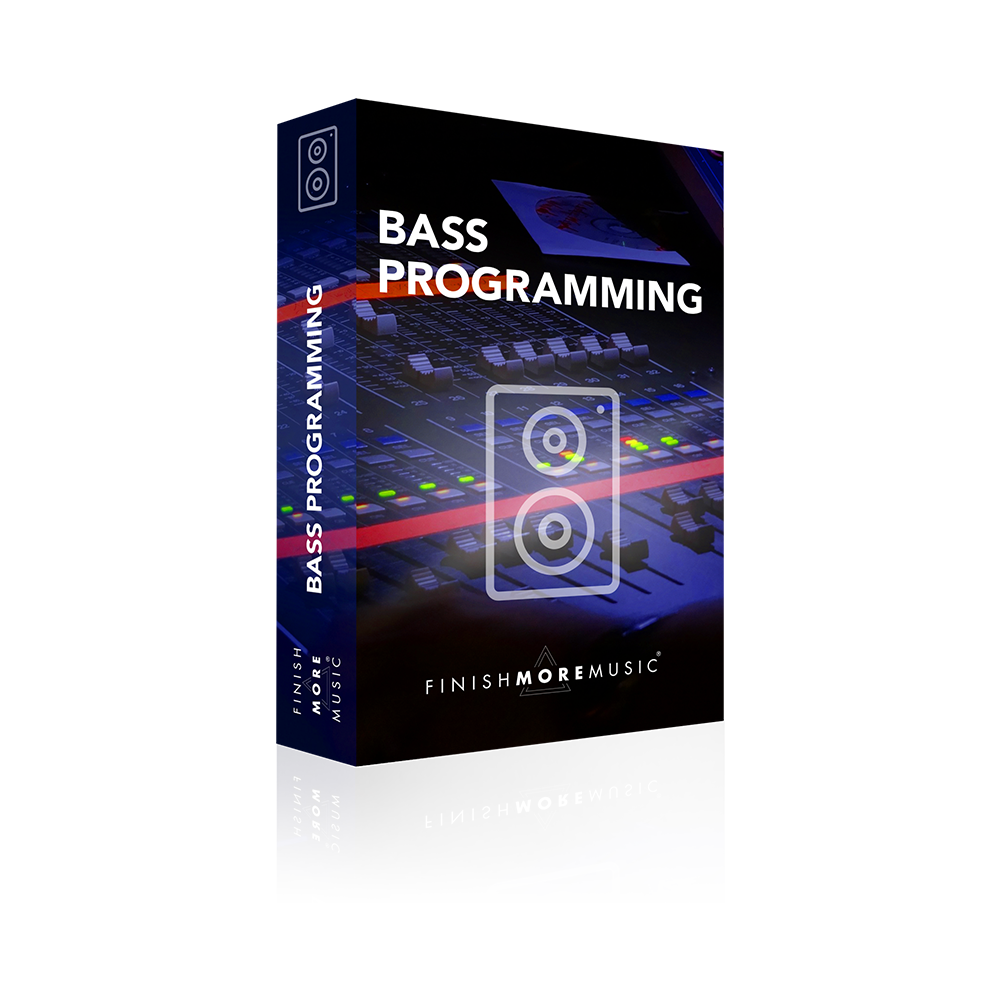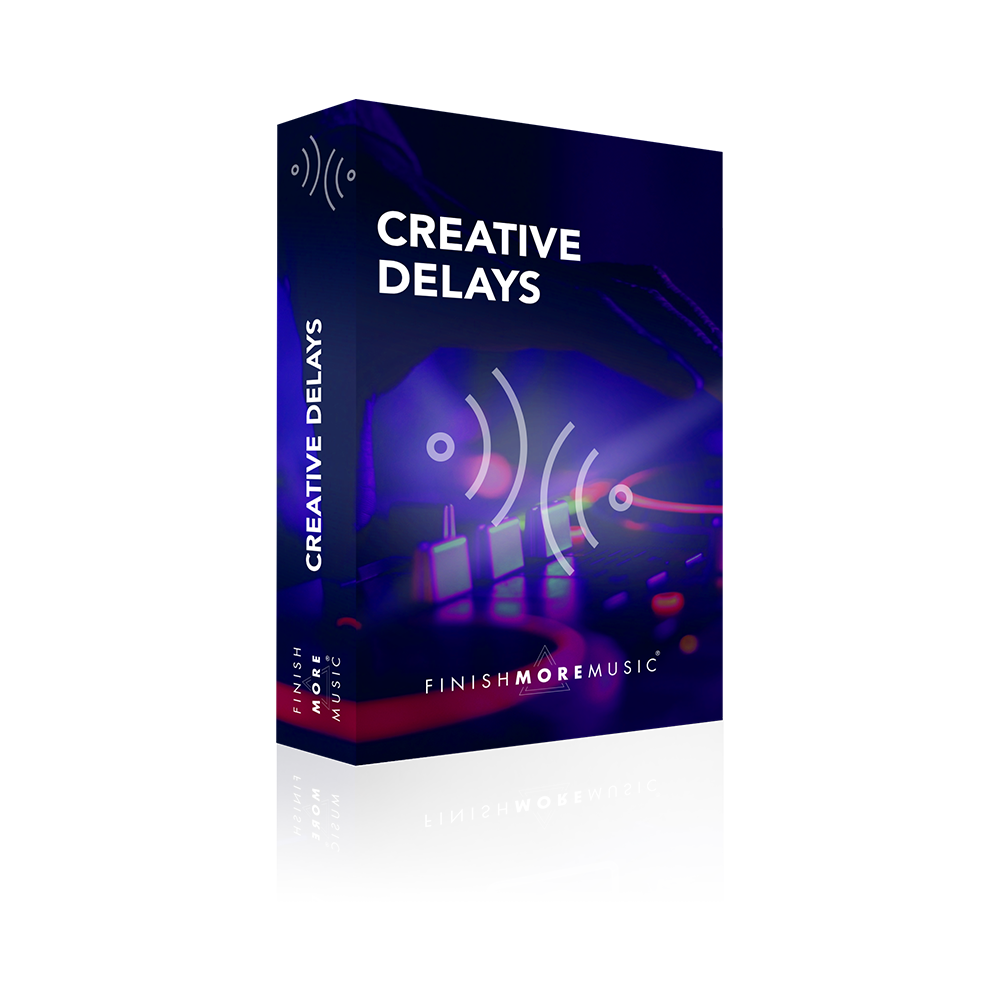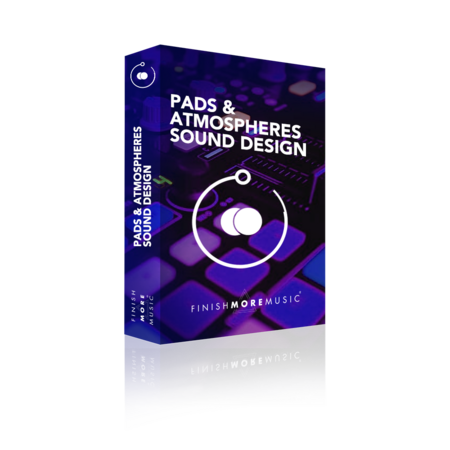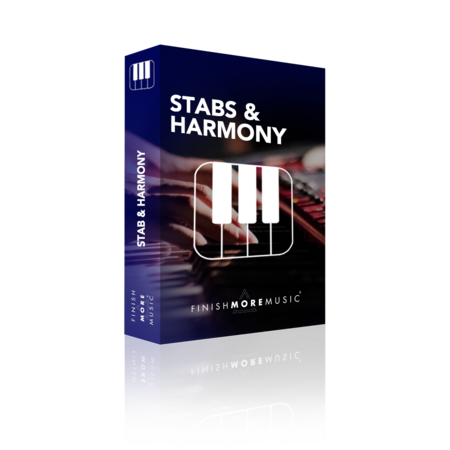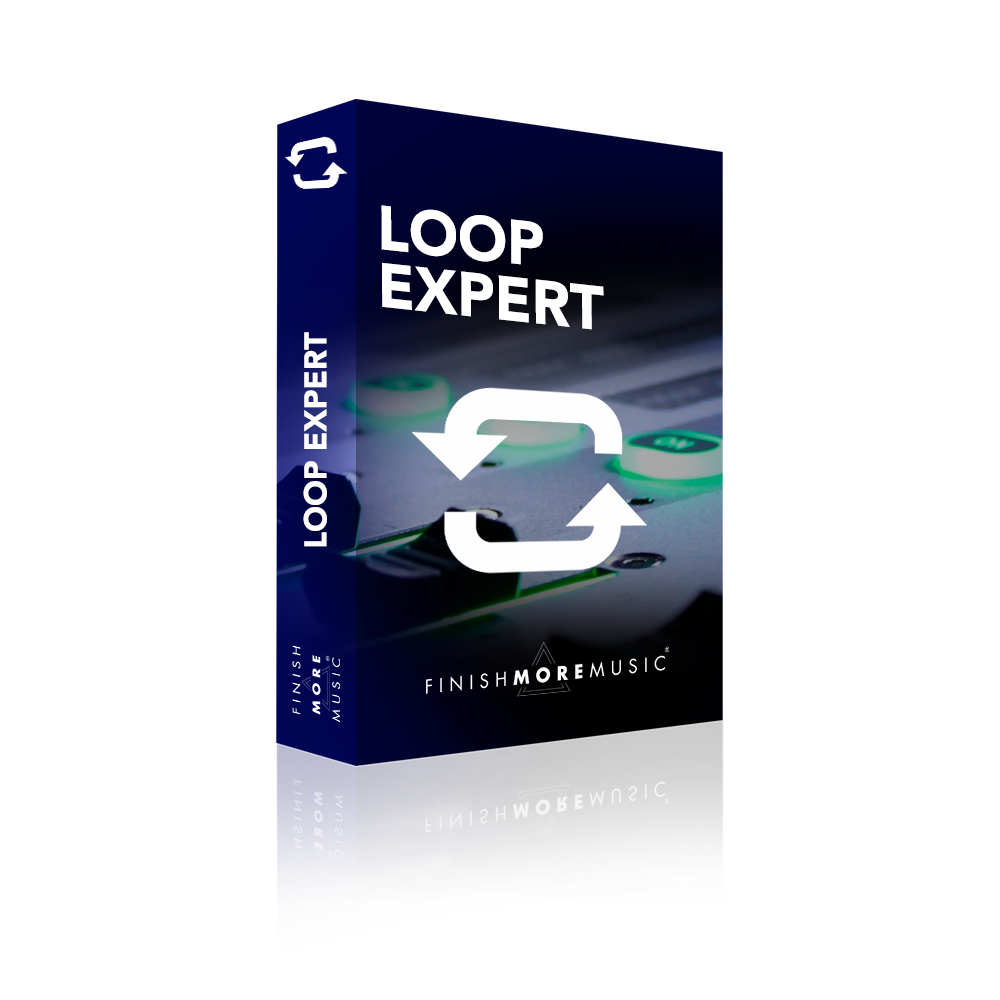Since our ‘Black Friday’ Sale we have received a huge amount of requests to see more inside sneak peeks of our video pack courses. So as a little Christmas present to all of you, we have decided to do a few more over the holidays. This week’s video is taken from our ‘Loop Expert’ course and focuses on how to develop your musical riffs in your tracks. If you have a huge sample library (like me) and want to know how to make the most of it, this video course is just for you.
Transcript
One big problem that we come across when we’re dealing with loops is actually developing a sound. So being able to take melody or a bassline, whatever it may be that we want to develop as the track goes on, so rather than just adding variations and making it interesting or making it our own, actually developing it how do we open up a filter on something that doesn’t have high frequencies, or how can we progress a melody and add new notes and add new layers to it. Well there are a bunch of techniques that we can use for that so I’ve selected a melody to get us started sounds like this [Music].
Okay, so let’s get going. I’m gonna bring this over into the arrange page. Let’s just get rid of the browser and we’ll duplicate it down just like we always do so that we’ve got an original melody and then we’re gonna get stuck in with this one. Now the first thing that you can do is create layers, so we’ve obviously got a layer on top of this but we change the pitch to make some kind of harmony. So I’m gonna dive this up to a perfect fifths. That’s seven semitones and I’m literally just gonna hit that in and I’m gonna Sollux, just want to play with a few of the warp settings. You can hear the way that this affects the sound [Music]. In here the kind of shimmering that we’re getting there [Music] and go metallic with that one. Three pitch will leave alone, we’ve got the two complex modes [Music]
They all offer slightly different flavor so it’s worth playing back your layers and messing around until you find something that you think fits well. So let’s play them both together. I’m gonna bring the volume down on this let’s take about five DB off, we don’t want it to be too overbearing. Do without and then with [Music]. That sounds pretty cool it’s almost got a kind of reverse vibe to it. Shit gives me an idea for later actually straight away. Let’s mess around with these settings in here, let’s try [Music]. So I like this quite sort of bitey vibe that we got going on. I’m gonna take a few more DB off of it though [Music] and I’m not sure I’d want it running all the time so let’s see what happens if we cut some bits out of this [Music].
And then this has got delay written all over it. Don’t want a huge feedback that would be overbearing on this and let’s bring this up a touch [Music], and its available play [Music]
So that goes well [Music]. It’s a straight way we’ve got another layer that we could bring in later in our arrangement. We’ve already got a way of now progressing this sound developing it into something else. Let’s go again with this, duplicate, I’m going to bring this one underneath. So I’ll name these in a second. For this one, let’s go and we’ll go up the whole octave on the transpose this time, see how this sounds [Music]. So it’s working straight away no problem with that at all, but let’s jazz this up. Let’s move our start marker a little bit [Music]. Let’s try again [Music]. Any of these working world [Music], so I quite like that. That’s working. Let’s go any of just when we were messing with a warp mode a second ago, this one bar was kicking out sewing quite interesting. Let’s have a listen to this [Music].
See there’s definitely scope there to do some pretty bonkers stuff if we wanted to. I think we’ll stay here, this was quite nice [Music] and then we could add some stuff to this as well. So let’s go in and try the auto filter on this one. Just again to add some movement. So I’m gonna set this up so that just if filters up and down quite slowly [Music]. Let’s get that phase down to zero so we don’t get the ADI panning [Music]. A little bit more frequencies through. So I listen to that. Maybe try playing with the offset a little bit. It’s nice. Okay, so that actually sounds better with a filter on. I think when it’s set to around that area that’s just…. oops bring this back down a little bit [Music]. So either one of those would work really well. So we’ve got yet another layer, so I think there’s still some legs left in this sort of editing that’s for sure. So in the next video we’ll duplicate them out some more and see if we can come up some more ideas of how we could just progress from one loop and get a bunch of ideas that would make a full arrangement.
Thank you for watching
I really appreciate you tuning in and I hope you’re enjoying the tutorials and taking some real value into your music sessions.
If this video resonated with you and you feel it will have a positive impact on the people you know, please share it by using the social media buttons you see at the bottom of this page.
To make sure you are always the first to know when a new video lands: Subscribe to the FMM Youtube channel here.
Let me know how you get on with the techniques I showed in the videos and if you have any suggestions for future tutorials, ping me a message on Instagram (@IamKeithMills)

